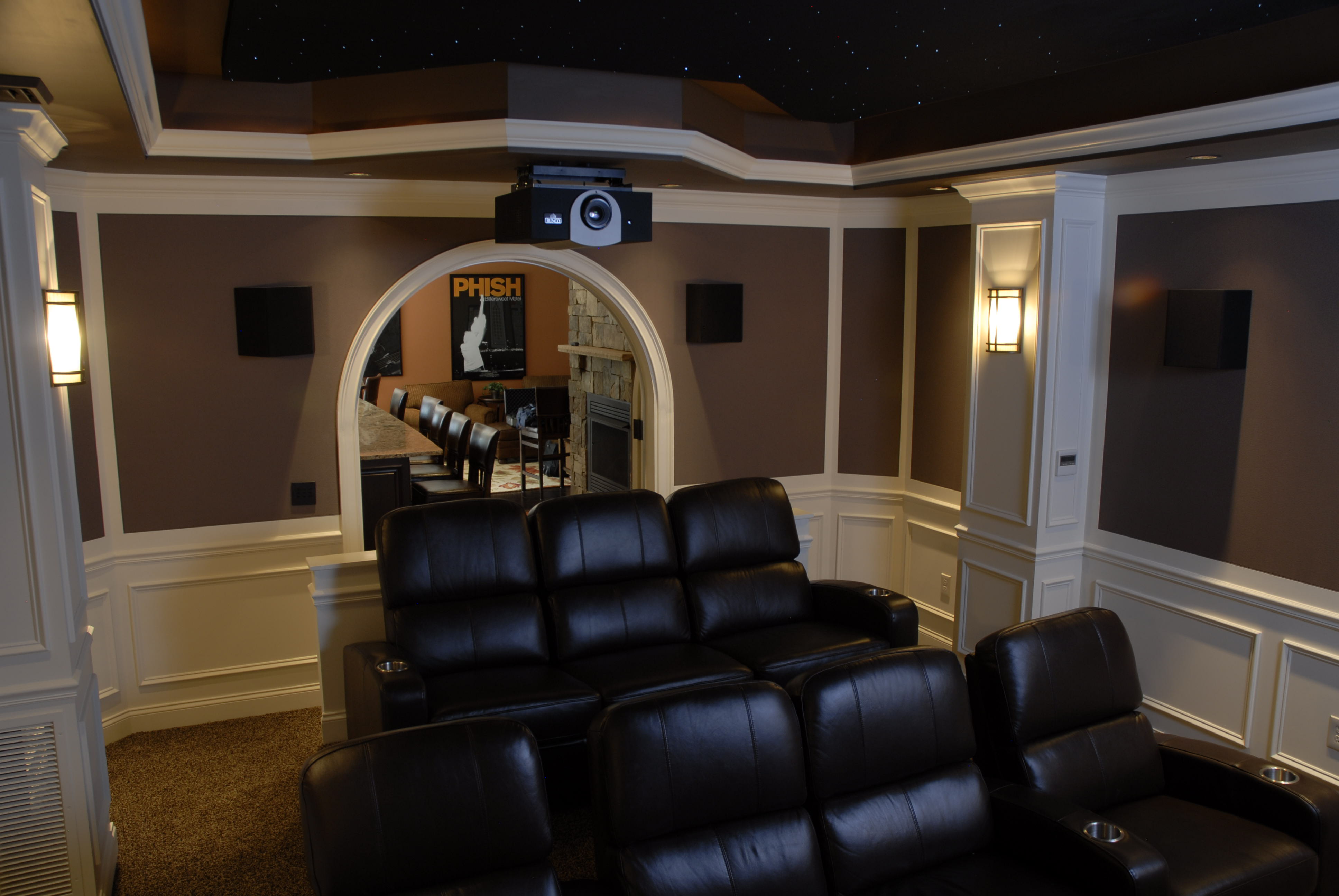Essential Tactics for Enhancing Connections and Connectivity in Audio-Visual Setups
When setting up audio-visual systems, the importance of cabling and signal transmission cannot be overstated. Proper wiring does more than just supports that sound and image quality are maintained but also delivers the stability of the entire system. In any AV arrangement, whether for a learning environment, corporate space, or home theater, streamlining the wiring can lead to enhanced performance and fewer technical issues. This article will outline key strategies for improving wiring and interfacing in AV solutions.
The initial step in optimizing AV systems is to choose the right cables for the task. Different types of cables perform various purposes, so identifying compatible ones is important. For example, HDMI cables are common for carrying high-definition visual and sound signals. In opposition, balanced audio cables like XLR can eliminate distortion in sound systems. It is critical to assess the distance and grade of these cables, as longer cables can cause signal loss. By investing in premium cables that match the specific needs of the AV setup, users can significantly improve total performance.

Another essential strategy is managing the wiring strategically. A neatly arranged wiring system not only seems more professional but also enhances functionality. Using cable management accessories like clips, ties, or sleeves can aid maintain wires orderly and prevent tangling. This structure also makes it more efficient to troubleshoot any issues that may occur. Labeling each cable according to its purpose or connection point can save time during installations or servicing. A clear layout helps technicians efficiently track connections, which is especially valuable in multi-device systems with various devices.
Additionally, understanding the design of the space is essential for optimizing AV performance. The positioning of devices can affect how signals flow through cables. Placing devices too far apart may necessitate longer cables or signal boosters, which can be resource-intensive and affect quality. It is helpful to design the arrangement of equipment strategically, taking into account the proximity between devices and potential obstacles such as walls or furniture. This strategic placement can reduce issues related to signal loss and improve transmission throughout the AV system.
Regular maintenance checks are linked here another important strategy for supporting optimal operation of AV wiring and connectivity. Over time, cables may become worn due to handling or wear and tear. Periodically inspecting all connections helps identify potential problems before they worsen into major issues. Replacing worn-out cables and maintaining connectors can preserve signal quality and support the system operates smoothly. Keeping a log for regular maintenance can help users oversee this aspect of their AV systems.
Finally, keeping up-to-date about modern innovations and guidelines is essential for anyone involved in AV solutions. The industry is consistently changing with advancements in technology that can enhance performance and efficiency. Attending workshops, reading industry journals, or becoming a member of professional associations can deliver beneficial information into effective methods and new products available on the market. By adopting these technologies and adapting them to existing systems, users can enhance their AV setups consistently while guaranteeing they remain in line with industry standards.
In conclusion, improving cabling and AV performance in AV setups entails thoughtful use of cables, intentional arrangement, well-planned space positioning planning, scheduled maintenance checks, and remaining current on industry innovations. By utilizing these practices, users can realize enhanced performance and reliability in their audio-visual setups, ultimately resulting in a more seamless experience Learn More Here for everyone engaged.